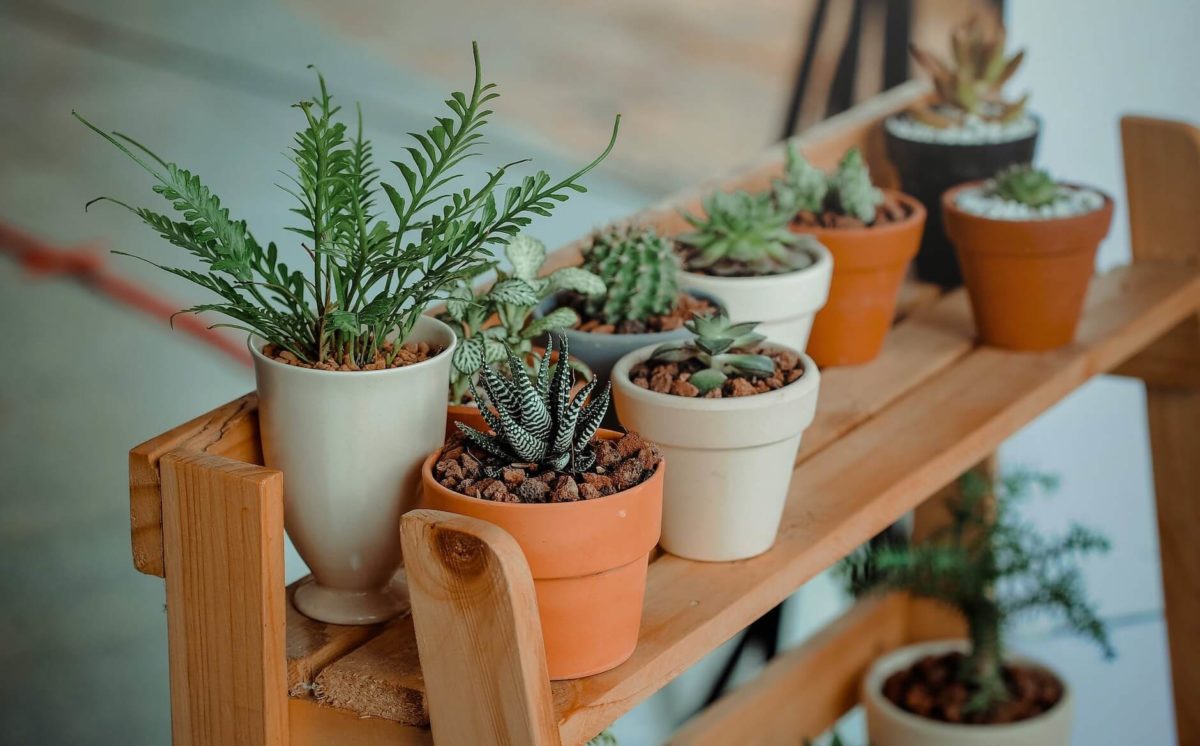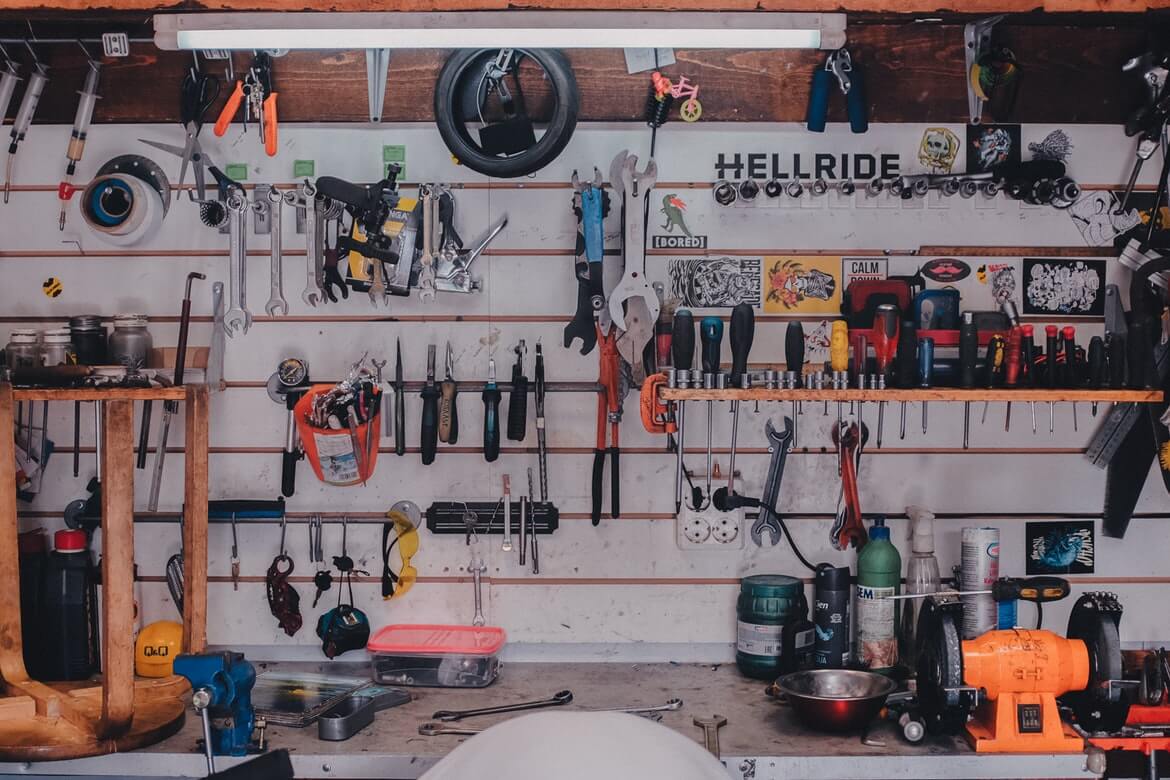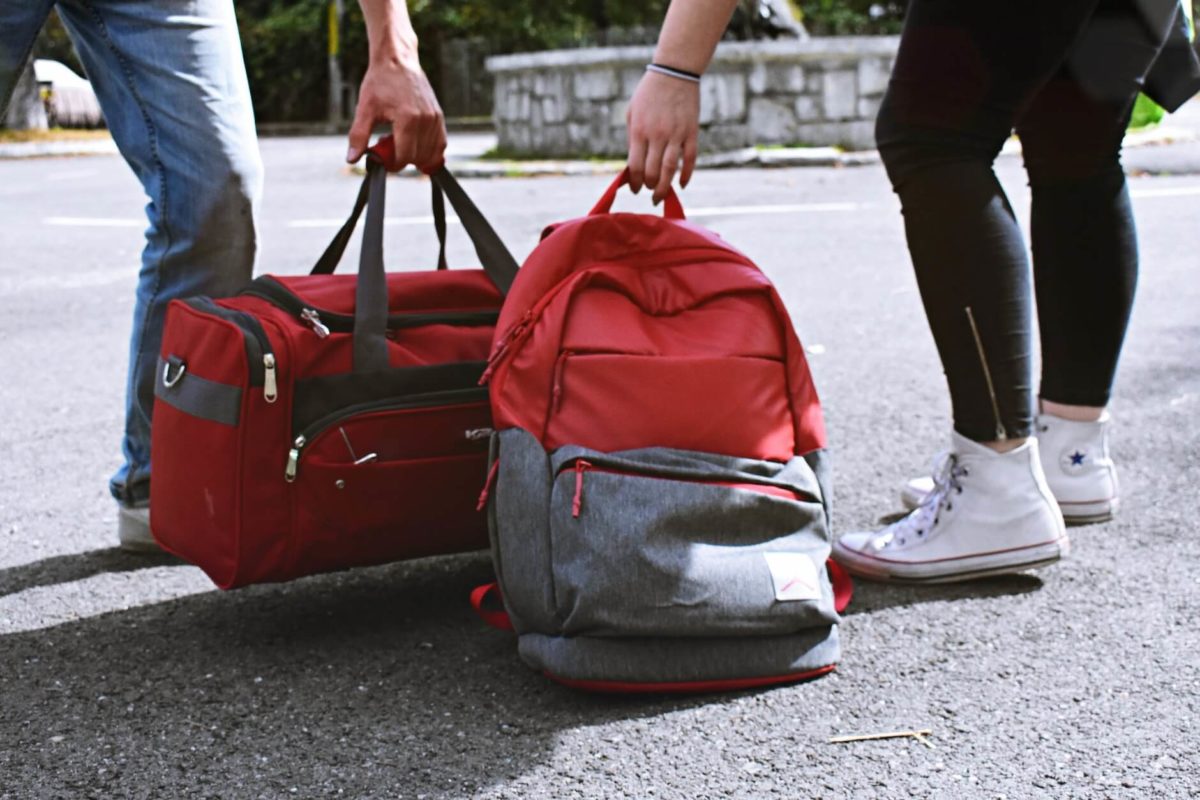According to the LA Times, the average American household contains around 300,000 objects. And when the time to move comes, you’ll meet the nightmare of packaging them! So learning how to organize packing to move is of great importance. Unless, of course, you want to find yourself in the middle of chaos, which we highly doubt. If you are on the hunt for the best organizing tips, look no further – we have them all.
How do you pack and move in an organized way? If you are not sure, our tips can help you
Make a Decision about Hiring a Long-Distance Moving Company
You can’t plan a move to a new city without deciding whether you are going to hire professionals or not. If you do, getting their packing services means you won’t have to worry about a thing when it comes to this task. Moreover, some reliable cross-country moving companies can disassemble and assemble furniture as a part of their basic cross-country moving services. If your main goal is to have a stress-free move, hiring long-distance movers is your best option. However, if you’re looking to reduce costs, note that doing this yourself is a way to save money.
Rent a Moving Truck if You Don’t Want the Help of Cross-Country Movers
If your relocation budget doesn’t allow you to hire a relocation company, you’ll have to find another option to get your belongings from point A to point B. Many people opt for renting a relocation truck (or container). It must be one of the first items on your to-do list, so make sure that it’s done before you continue with other tasks.
Decluttering Your Home Before You Start Boxing Up Is a Must
Be honest – how many of said 300,000 objects in your apartment do you really need? Make the move easier for yourself and decide what to get rid of before you get down to work. So, what not to pack when moving to a new home? Clothes that don’t fit, old furniture, broken appliances – all that shouldn’t take any place in the relocation truck. Think about everything you haven’t used for a certain period, say, a year. Everything that hasn’t been used for that long isn’t worth transporting (except for sentimental belongings, of course).
But what to do with stuff you won’t bring? You have several choices – donate unwanted items, gift them to friends who need them, or sell them. Naturally, those things that can’t be used anymore must be thrown away. Do not delude yourself into thinking that you’ll fix an old appliance and remodel furniture – if you haven’t done it already, chances are you won’t do it at all.
Know What Can’t Be Moved by Professionals
If you plan on getting long-distance moving services, you must learn what items movers won’t move. It’s not some arbitrary list, but a list of things that can jeopardize people’s safety, as well as the safety of your belongings. Even if you don’t hire professionals, knowing which of your belongings can be a safety hazard is a good idea. Be careful with belongings like:
- Fireworks,
- Gasoline,
- Paint,
- Nail polish,
- Nail polish removers,
- Alcohol,
- Batteries, and the like.
However, it’s not only flammable and corrosive objects that are banned from the back of relocation trucks. You should also avoid transporting perishable food, which can rot quickly, and plants that may carry pests or might even not survive the trip themselves. A wise thing to do would be to gift your plants to a friend or family member. However, if you can’t part ways with them, ensure to learn how to move house plants long-distance to your new house.
Some plants are forbidden from interstate transportation by the US Department of Agriculture - ensure to know which ones Plants should be left at home when moving cross-country
How to Organize Your Packing to Move – The Preparation Process
Simply shoving all your belongings into cartons as they are isn’t acceptable unless you have a last-minute move on your hands. Your clothes should be washed and dried, and so should your dishes. Furniture needs to be clean of dust and crumbs, and appliances can’t contain any traces of grease. But that’s not all. Some of your belongings need more detailed preparation.
As a safety measure, chainsaws, lawnmowers, and other gadgets that run on oil and gasoline have to be drained. And if you want to have a grill at your new house, the propane tank needs to be removed. When it comes to fridges, washing machines, and other appliances that use or produce water, they have to be unplugged the day before, cleaned, and left to dry completely at room temperature. If there is any trace of water left, it can cause mold to appear, which can damage your possessions.
When Should I Start Packing to Move?
How long does it take to pack a house? It’s a question asked by many, but primarily those relocating for the first time. The answer depends on several factors. Will you hire professionals or opt for a DIY approach? Are you moving to another state alone or with other family members? Do you plan on going through a certain amount of things each day, or will you dedicate whole days to boxing up and disassembling? It’s usually best to start packing two or three weeks before the move, but your specific situation can extend or shorten that period.
How to Organize a Packing List
While decluttering, before the real work begins, you should list all the belongings that have to be packed. Remember, an organized household inventory list can provide you with an insight into how many cartons you’ll need and of which size, what kind of wrapping and packing materials you should gather, and ultimately how many days it will take to get everything done.
So, how is this done properly? First of all, use a digital format to prevent the list from disappearing into thin air or getting damaged in any way. Secondly, divide your belongings according to the rooms in which they belong. And thirdly, sort stuff out before packaging – group items as they should be packed in boxes.
An inventory list is often necessary, whether you’re relocating by yourself or hiring professionals
Gather Boxes and Other Necessary Supplies and Equipment
There are many different types of packaging materials, from homemade ones to the ones used by professionals. Before the boxing-up day comes, get supplies that suit your needs and preferences best. Consider:
- Boxes – ensure to choose the best-sized boxes for your belongings, as well as the right amount. Keep in mind that an average two-bedroom household needs around forty different-sized cartons. Aside from the regular ones, you should also consider getting those designed for a particular type of stuff, such as wardrobe boxes or dish barrels.
- Wrapping and padding materials – bubble wrap, packing paper, foam peanuts, stretch foil, and even newspapers and cotton clothes can be used to protect belongings. If you wish to book storage services, use a material that will help you protect your items in storage units.
- Relocation blankets – they will protect your furniture best, even those pieces made of delicate wood.
- Additional supplies – often forgotten until they are needed most. Don’t forget to get durable tape, scissors, zip-bags, and markers.
Also, do not forget about equipment that will help you move large items if you decide to move by yourself. There are plenty of options to choose from, like furniture dollies, lifting straps, sliders, stair-rollers, and so on.
Find Out How to Pack for a Move Fast – Get Free Boxes and Use Cheaper Supplies if Money Is Tight
If you’re looking for the cheapest way to move out of state, spending money on expensive supplies won’t be exactly your number one priority. That’s why you should start looking at acceptable replacements for new and costly materials. When it comes to cartons, ask friends if they have some to spare and visit local stores or different marketplace websites, such as Freecycle.
When it comes to other materials, look for what you already have stored in your home. Clothes can be excellent wrapping products, and so can newspapers. If you’re wondering how to pack for a move fast, note that working with homemade supplies can significantly speed up the process. However, when it comes to your most fragile and valuable belongings, stick to quality materials. They will be the best at keeping your belongings safe and damage-free.
If you need some packaging tips and tricks when it comes to boxing up fragile objects, be sure to watch the video below:
How to Organize Packing Your Home for a Move Efficiently? Use the Room-By-Room System
So you don’t run from one end of the house to another and lose precious time, you have to come up with some kind of strategy. And we suggest you pack your belongings one room at a time. Start with those spaces you utilize the least, such as storage rooms. On the other hand, areas you utilize the most, such as the kitchen and the bathroom, should be packed last. However, that doesn’t mean that you should leave them for the last possible moment. Remember, kitchens as bathrooms contain some of the most difficult objects to box up.
Ensure to devote enough time to each area of the house
Tips on How to Pack Your Things Like a Pro
If you want your belongings to still be undamaged after relocating to a new home, you have to get acquainted with some moving hacks and packaging techniques. To ensure the well-being of your belongings (and preserve your mental health), try the following:
- Create a packaging zone and have a clean surface prepared before the start
- Label all the cartons so you know which room they belong to. If they contain delicate objects, write that down as well.
- Use large boxes only for light objects and avoid overpacking.
- Be especially careful when packaging fragile items.
- Fill any empty spaces in cartons so the stuff in them doesn’t move a bit.
- If relocating in a hurry, leave your stuff in cabinets and dressers, just tape the doors so they can’t open during transport. Also, think about some creative storage ideas you can find in your own home (decorative baskets, laundry hampers, and alike).
- Take pictures of cords before you unplug You’ll need to know which cable goes where when you unpack after the move.
- Throw a packaging party and ask friends to help you.
- If you wish to move a piano, treadmill, or any other tricky and bulky item, ask for professional custom crating.
Pack a Box With Essential Items and Move It to a Separate Room
One of the most common moving mistakes is not packaging a box with relocation essentials for the first few days in the new house. Do not let it happen to you. Think about which things you consider necessities and package them separately. The essential box (or bag) should contain stuff like a change of clothes, medicine, electronics (and their chargers), documents, snacks, children’s favorite toys, pet food, and so on. If you’re hiring movers, this box shouldn’t go with them but stay with you during travel.
Relocation essentials should include only the bare necessities
Cross Country Movers Know Best How to Organize Packing to Move
Many people decide that they don’t really want to deal with everything themselves and opt to get professional help. What is the easiest way to box up your belongings? To let someone else do it, of course. However, professional movers will not only make sure that everything is packed and loaded but also that each item stays safe during transport. If possible, do not miss the opportunity to be as close to worry-free relocation as it gets. Find a reliable cross-country moving company, contact them, and book your move!
FAQ
What Is the Best Way to Start the Packing Process for a Move?
The best way to start the packing process for a move is to plan ahead and organize your belongings. First, make a list of what you need to pack and prioritize items based on their importance and frequency of use. Next, gather supplies, including boxes, packing tape, bubble wrap, and markers. Start by packing items that you won’t need in the near future, such as seasonal clothes, books, and decorations. Label boxes clearly with the contents and the room they belong in at your new home.
Take care to wrap fragile items securely to prevent damage during the move. Consider hiring a professional packing service if you are short on time or don’t want to do the work yourself. Starting the packing process can be overwhelming, but by taking it one step at a time and organizing your belongings, you can make the process much easier.
How Can I Prioritize What to Pack First When Moving?
When moving, it’s important to prioritize what to pack first to make the process as efficient and stress-free as possible. Pack items that you won’t need before the move first, such as seasonal clothes, decorations, and items in storage. Set aside essential items, such as toiletries, bedding, and clothes for the first few days in your new home, and pack them last. Pack items that are fragile or valuable, such as china, artwork, and electronics, separately and label the boxes clearly. Consider the weight and size of items when deciding what to pack first. Start with lighter and smaller items, and work your way up to larger and heavier items.
What Are Some Essential Items That Should Not Be Packed Until Moving Day?
There are certain items that should not be packed until moving day, as they are essential to your daily routine and comfort. For example, toothbrushes, toothpaste, soap, shampoo, and other personal hygiene items should be kept within reach. Keep your sheets, pillows, and blankets handy so you can get a good night’s sleep. Pack a set of clothes for each member of the household to wear for the next few days, and keep them separate from the rest of your belongings.
How Can I Best Label My Boxes to Ensure a Smooth Unpacking Process?
Labeling your boxes correctly is an important step in the moving process, as it will help ensure a smooth and efficient unpacking process. Label each box with the contents and the room it belongs in at your new home, such as “Kitchen – Glassware” or “Bedroom – Clothes”. Use a permanent marker or labeling tape, and make the writing large and clear so it can be easily read. Label boxes that contain fragile items with “FRAGILE” or “HANDLE WITH CARE”. Consider using colored labels or stickers to designate specific categories of items, such as “Essentials” or “Unpack First”.
How Can I Make Sure I Don’t Forget Any Items When Packing for a Move?
Forgetting items when packing for a move is a common occurrence, but it can be prevented by following a few simple steps. Write down everything you need to pack and check items off as you pack them. Give yourself plenty of time to pack, as rushing can lead to forgetfulness. focusing on one room at a time can help you ensure that you don’t miss anything.
What Are Some Tips for Efficiently Packing Large Items Such as Furniture?
Packing large items such as furniture can be challenging, but with the right approach, it can be done efficiently. Take apart furniture that can be disassembled: This will not only make it easier to move, but it will also help protect it during transit. Use furniture pads and bubble wrap: Wrap large items with furniture pads or bubble wrap to protect them from scratches and damage during the move. Finally, label boxes that contain hardware or small parts from disassembled furniture, so you know where everything is when it comes time to reassemble.
How Can I Ensure the Safety of Delicate and Fragile Items During Packing and Moving?
Use proper packing materials: Use bubble wrap, foam peanuts, or packing paper to protect delicate items, and place them in sturdy boxes that are labeled “FRAGILE”. Wrap each item individually, and make sure it is snugly packed in the box to prevent movement during transit. When packing boxes, place heavier items on the bottom and lighter items on top to reduce the risk of crushing.
What Should I Do With Items That I No Longer Need or Want Before a Move?
Before a move, it’s a good idea to go through your belongings and get rid of items that you no longer need or want. Consider hosting a yard sale, selling items online, or taking them to a consignment shop. Charitable organizations, such as Goodwill and the Salvation Army, are always in need of gently used items. Items that cannot be sold or donated, such as broken electronics, can be recycled.
How Can I Make the Packing Process Less Overwhelming and Stressful?
The packing process can be overwhelming and stressful, especially if you are trying to do it all at once. Give yourself plenty of time to pack, and avoid leaving everything until the last minute. Create a packing schedule and stick to it, so you can keep track of your progress and avoid feeling overwhelmed. Ask for help from friends or family members, or consider hiring professional packers to assist you.
Can I Pack My Belongings Myself or Should I Consider Hiring Professional Packers?
The decision to pack your belongings yourself or to hire professional packers depends on your individual needs and circumstances. If you are short on time or have a busy schedule, hiring professional packers can save you time and stress. Professional packers have the experience and skills to pack your belongings efficiently and safely. If you have delicate or complex items, such as fragile antiques or electronics, professional packers may be better equipped to handle them.












